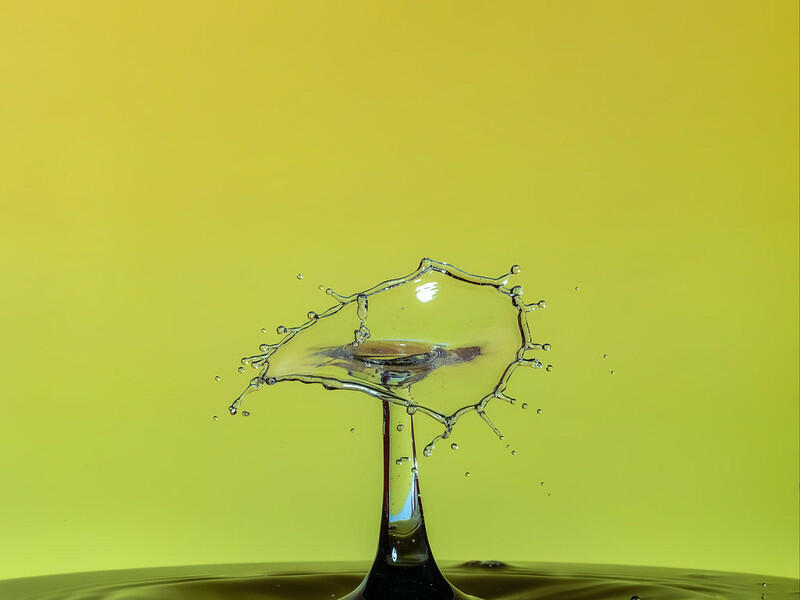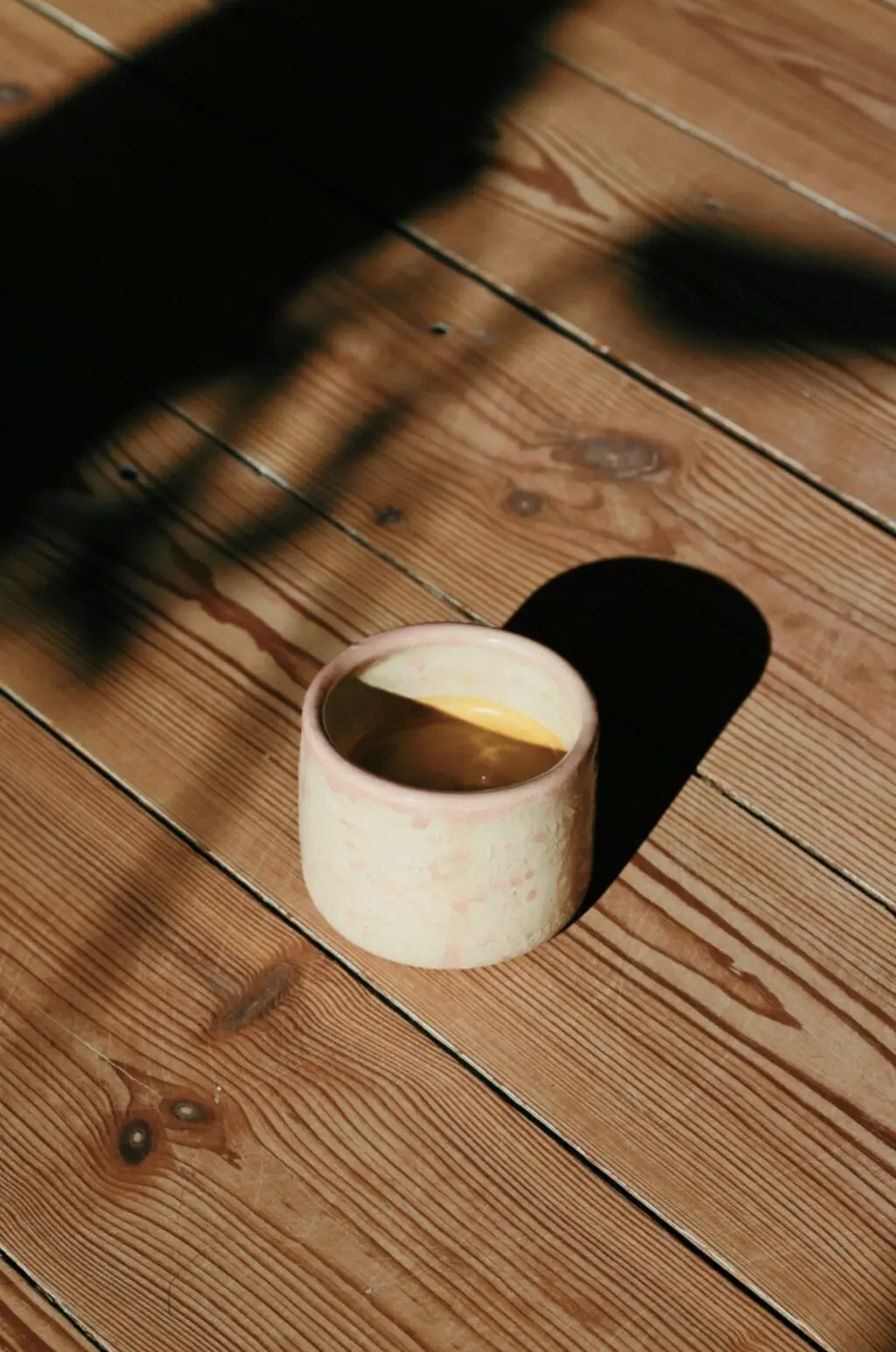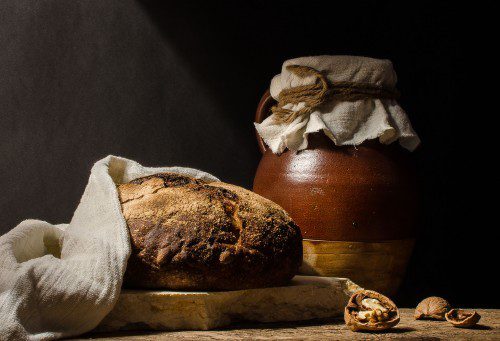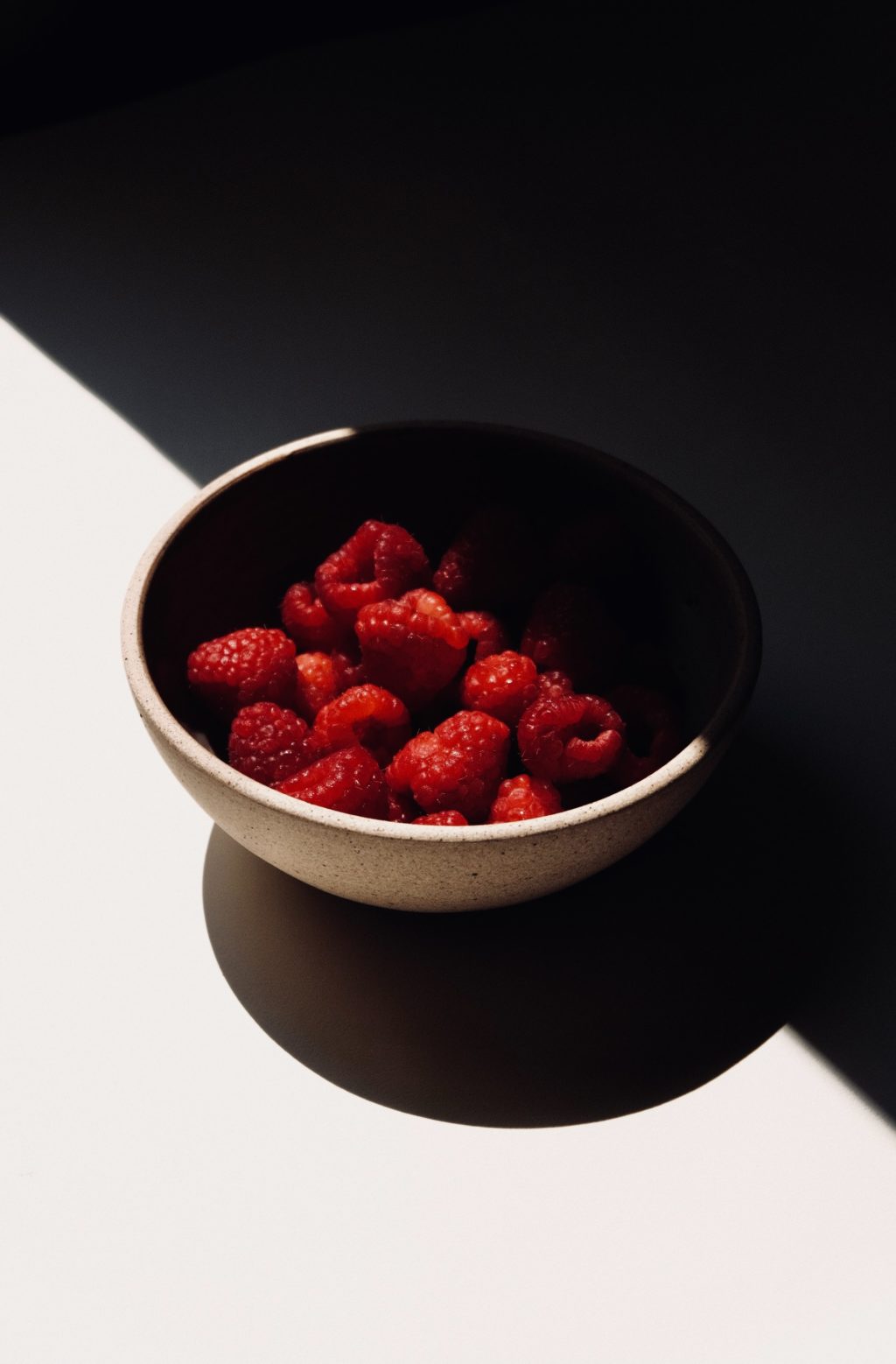Still life photography can be a perfect genre for expressing your creativity (especially if you enjoy still life paintings too!) but it can also help you make money through stock photography or sales of art prints.
You don’t need a well-equipped professional studio or a lot of space if you want to practice still life photography. All you need is a table by a window and maybe a continuous source of artificial light like a LED panel, which isn’t expensive at all.
Check out our 5 essential still life photography tips and tricks if you’re curious about getting started with still life photography!
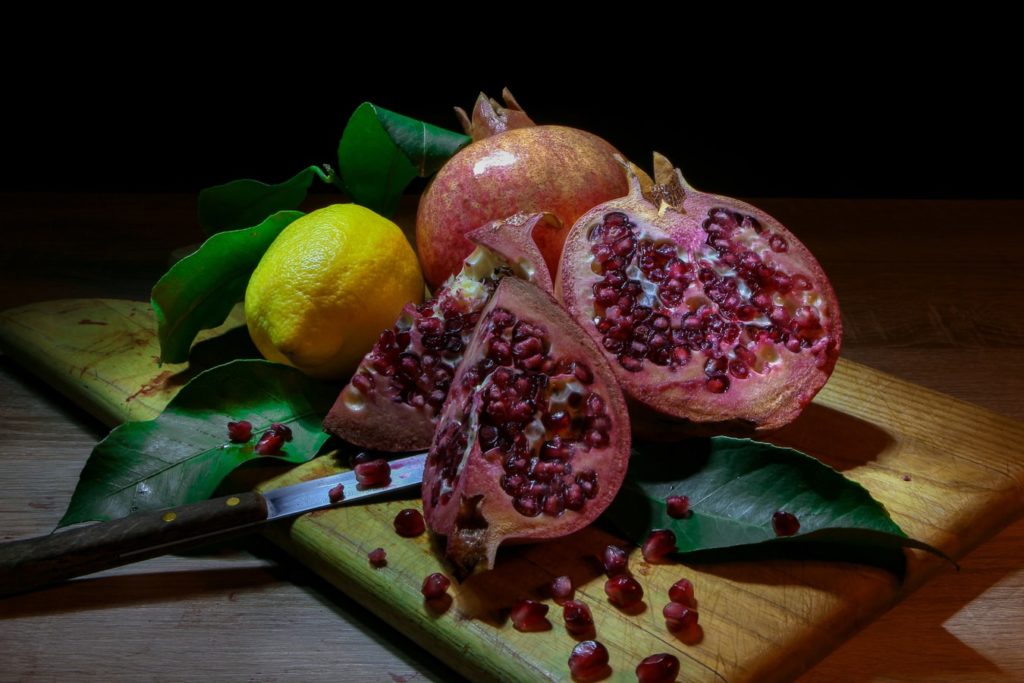
1. Use The Right Lens
If you’re shooting still life photography with a full-frame camera, you can start with a 50mm prime lens. This lens is considered a wide-angle lens in still life photography because it can show a lot of surface or background if the objects you shoot are relatively small. If you’re into shooting tighter scenes, you can get closer to your subject or use a different lens.
To shoot still life straight-on, you can use a 100mm macro lens – in this case, you will see just the subject and the surface that it’s placed on. Another great option (if you’re on a budget) is a 24-70mm zoom lens. It’s usually not as sharp as a prime lens, but it’s still a great lens for still life photography.
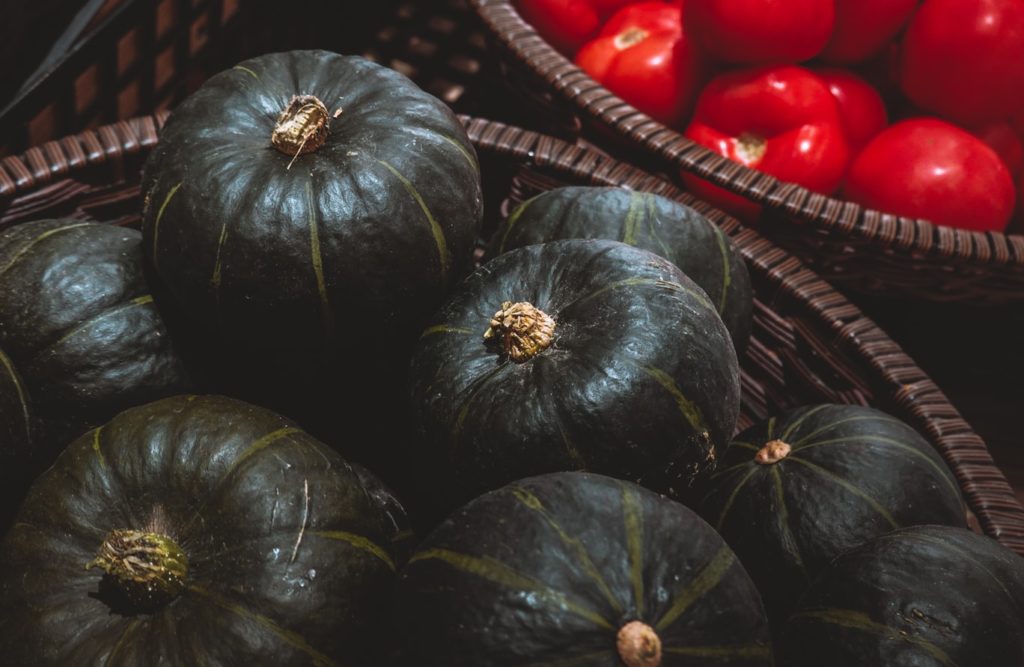
2. Alternate Between Natural And Artificial Light
You can work primarily with natural light in every genre of photography including still life photography, but it’s a good idea to experiment with artificial light too because your images will be more versatile. It all depends on what your end goal is.
You can use a 5-in-1 reflector kit that comes with gold, silver, white and black reflectors. These reflectors usually come with a diffuser which will help you soften the light intensity. Even if your reflector doesn’t come with a diffuser, you can use a sheer white curtain to diffuse the light – it will do the trick!
It’s very important how you sculpt the light – for starters, have your light coming from the left side (it helps lead the eye through the image!) and then take another shot with the light coming from the right side. Make sure to notice how this small change affects the entire scene.
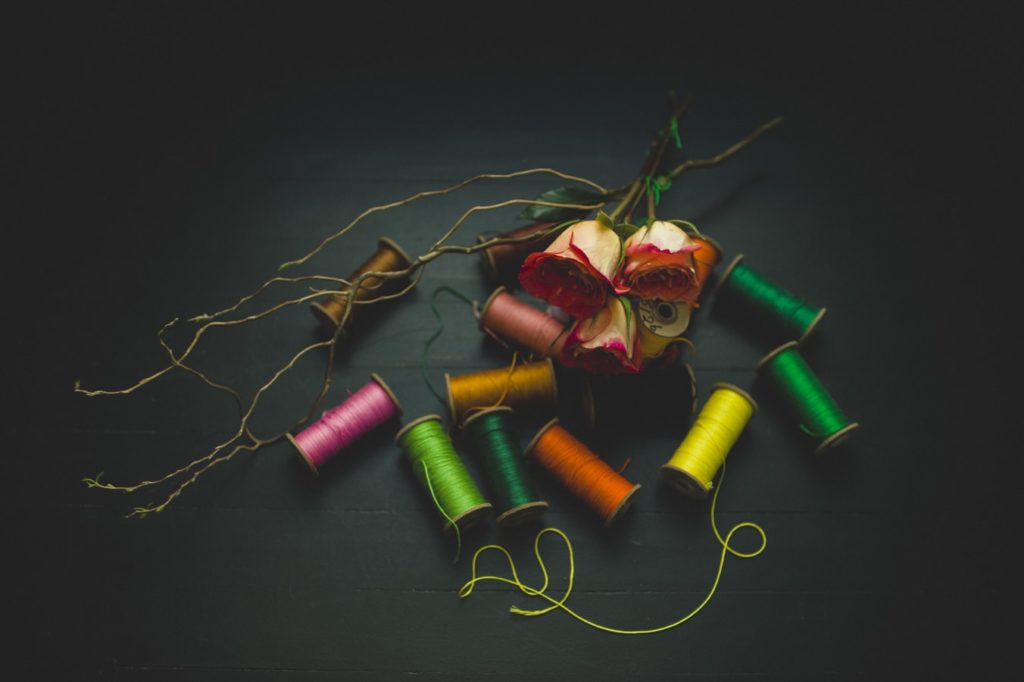
3. Invest In Adequate Props
Having the right prop matters a lot in still life photography – it can tell a story on its own or complement your main subject when it comes to colors or design. You maybe won’t have to buy any specialized props because various household items that can be used for props, such as old books, teapots, vases, pieces of linen or lace, old cutlery and so on.
Always look around your home first (consult online shops later!) and try to find items that work together visually. In addition to colors and design, think about textures too – it can be fun to mix different textures and create a unique style!
Just bear in mind that using a too colorful prop might draw the eye away from the main subject – it’s usually better to use props in neutral colors.
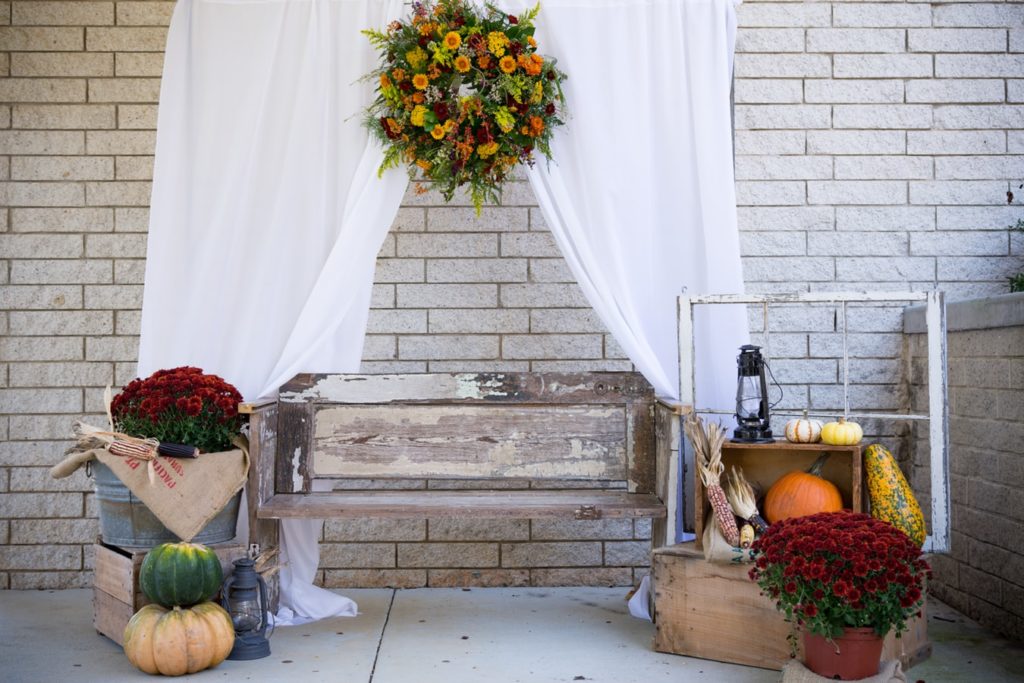
4. Use The Proper Background
The possibilities are endless when it comes to backgrounds for still life photography – you don’t have to stick to minimalist solid backdrops. In fact, something with retro/vintage vibes such as a piece of painted canvas can enhance the delicate beauty of a flower or a piece of fruit perfectly!
If painted canvases aren’t your thing, you can buy a sheet of pine wood or laminate and paint them in any way you want. When it comes to colors, black, white and greys are always a good choice, as well as shades of brown or blue. If you’re into something more dramatic, you can experiment with shades of red or orange.

5. Don't Forget The Rules Of Composition
You should take the time to study composition for still life photography – this genre of photography tends to be quite artistic and art books can help you a lot.
It’s very useful to get familiar with the rule of thirds and the golden ratio – these concepts, when implemented in art and design, create compositions that are pleasing to the eye. Also, many post-processing programs have compositional grids that can help you crop your photos in an impeccable way.
You should remember that color is an important aspect of composition and that you should consult the color wheel if you’re unsure about effective color combinations.
Using particular color combinations can help you build your own recognizable style, which can be quite important if you’re trying to start a career in still life photography.
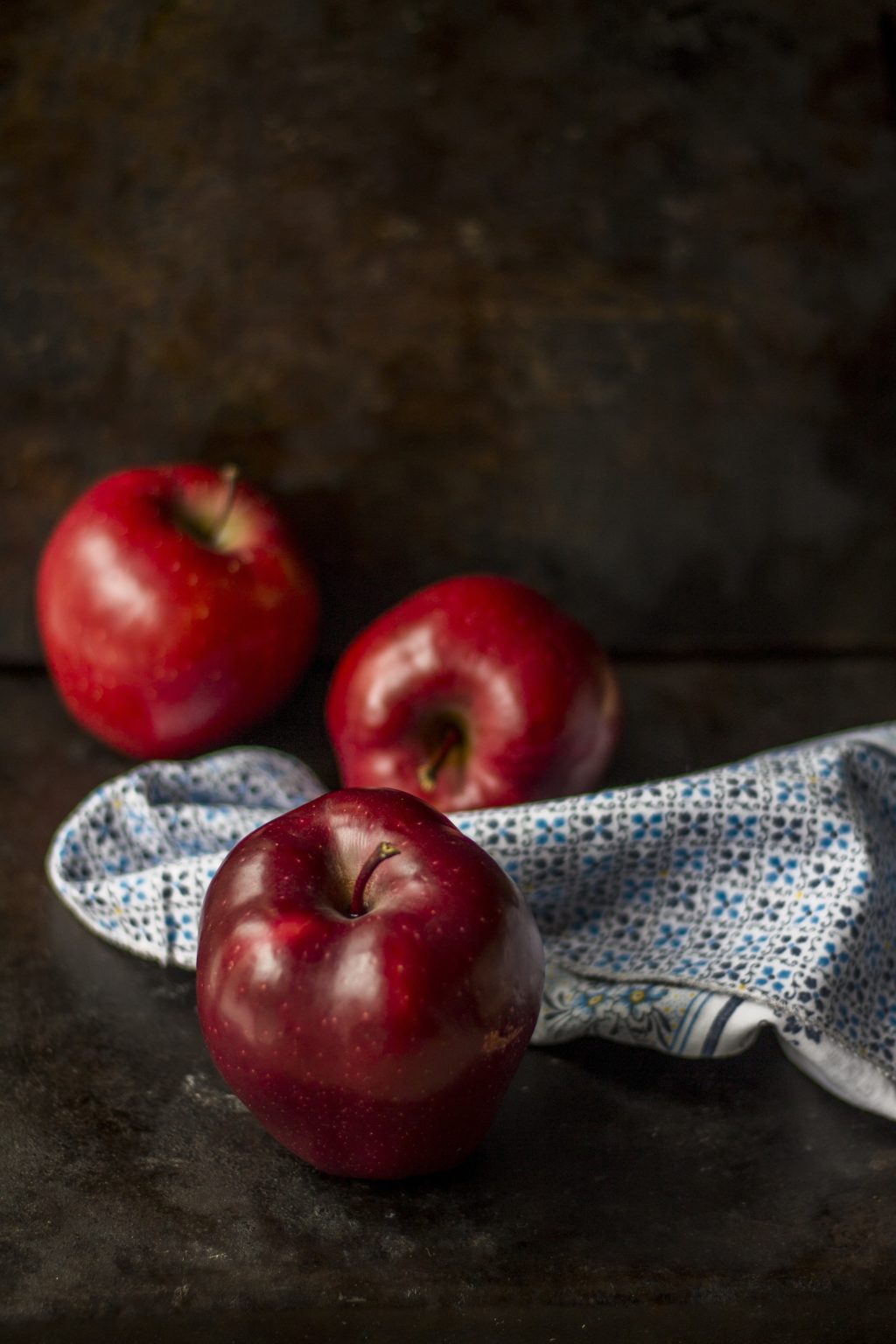
To learn more about still life photography, check out the following links!



